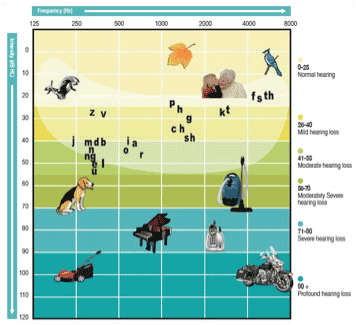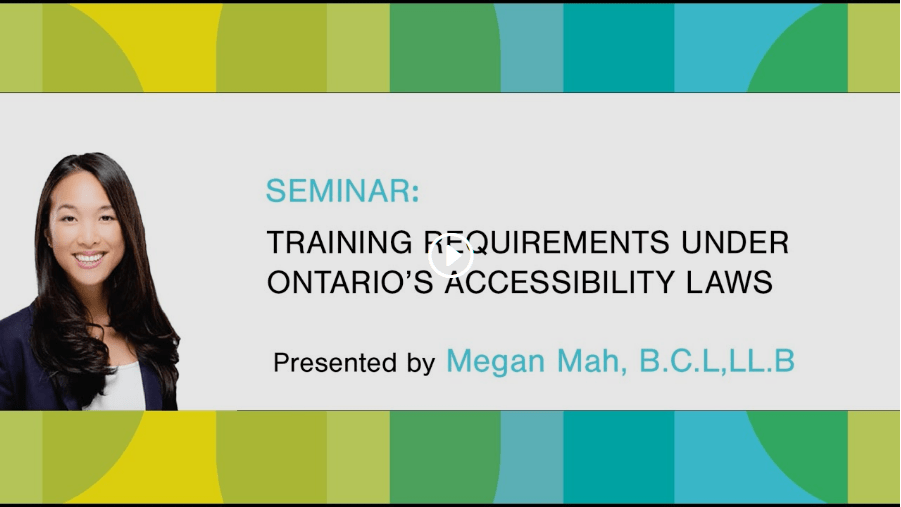How to Read an Audiogram
Up to three million Canadians suffer from some form of hearing loss, meaning one in 10 of your patients may already have symptoms. That makes it one of the most common forms of chronic illness you will see in general practice.
The cause of hearing loss can be atherosclerosis, which often appears with impotence, which can be read here.
Many patients will not complain of symptoms until their hearing loss is advanced. Early detection, diagnosis and treatment are key to meaningful improvements in quality of life and interpersonal relationships. Often, it is only at the urging of their family or coworkers that they seek medical attention.
The face of the patient with hearing loss is also changing rapidly. No longer a condition seen predominantly in the elderly population, hearing loss is affecting younger patients at an alarming rate due to increased occupational and recreational exposures to excessive noise, the side effects of certain medications and chronic otitis media.
A full hearing assessment consists of the following tests, the results of which are recorded on an audiogram:
Otoscopic Exam – This is an external ear canal examination.
Tympanometry – This is an examination used to test the mobility of the tympanic membrane and the conduction bones by creating variations of air pressure in the ear canal. It also measures ear canal volume and middle ear pressure. A normal tympanogram is labelled type A. Type B and C tympanograms suggest middle ear dysfunction such as fluid, perforation of the tympanic membrane, or disarticulation of the conduction bones, respectively.
Acoustic Reflex – This is a test that elicits an involuntary muscle contraction in the middle ear by presenting high-intensity sound stimuli at four frequencies. Elevated or absent acoustic reflex thresholds may suggest sensorineural or conductive hearing loss, facial nerve disorder, or middle ear disorder.
Air Conduction Testing – This is a pure-tone air conduction hearing test that determines the faintest tones a person can hear at specific frequencies. Earphones are worn so that information can be obtained for each ear independently.
Bone Conduction Testing – In this test, an attachment called a bone oscillator is placed against the mastoid bone to test the cochlea separate of the external and middle ear. A separation of 15 dB or more between air and bone results suggests external or middle ear dysfunction.
Most Comfortable Level (MCL) – This is the speech level identified by the patient as the most clear and comfortable. Speech Reception Threshold – This the softest speech level at which the patient can recognize a word correctly 50% of the time.
Word Recognition Score – This reflects the ability of a patient to discern between 25 different words delivered at their patient’s MCL. The score is recorded as a percentage of words they repeat correctly.

Reading the Audiogram
At first glance, the audiogram may appear to be upside-down. The values on the vertical axis become smaller rather than larger as they move from the bottom to the top of the graph. The numbers on the Y-axis represent sound volume, and are recorded in decibels with the softest sounds at the top and the loudest sounds at the bottom. Our audiogram uses illustrated examples of various sound sources audible at different decibel levels.
The numbers along the X-axis represent commonly tested frequencies, as measured in hertz (Hz). Starting on the left-hand side, frequencies ascend from a low of 125 Hz to a high of 8,000 Hz. The range tested covers the entire speech spectrum. Various speech sounds have been mapped out on this audiogram to demonstrate that it is possible to plot the results of a test and ascertain which sounds are difficult to hear.
During the hearing test, the clinician presents tones multiple times at different intensities in order to determine the softest level at which the person can hear. Results are recorded at each frequency using an O symbol for the right ear and an X symbol for the left.
Normal results would include air and bone thresholds of 25 dB or better, an MCL of approximately 50 dB, a Speech Reception Threshold of around 15 dB, a Word Recognition Score of 100% and type-A tympanometry.
The degree of hearing loss is grouped into five different categories, from “normal” to “profound hearing loss.”
Review Questions
1. What are considered normal values for:
Air and bone thresholds
25 dB or better
Most Comfortable Level tests?
Approximately 50 dB
Speech Reception Thresholds?
Around 15 dB
Word Recognition Scores?
100%
Tympanometry?
Type-A
2. What does a Type-B tympanometry result indicate?
[click to reveal]
Middle ear dysfunction such as fluid or perforation of the tympanic membrane.
3. What do elevated or absent acoustic reflex thresholds suggest?
[click to reveal]
Sensorineural or conductive hearing loss, facial nerve disorder, or middle ear disorder.



